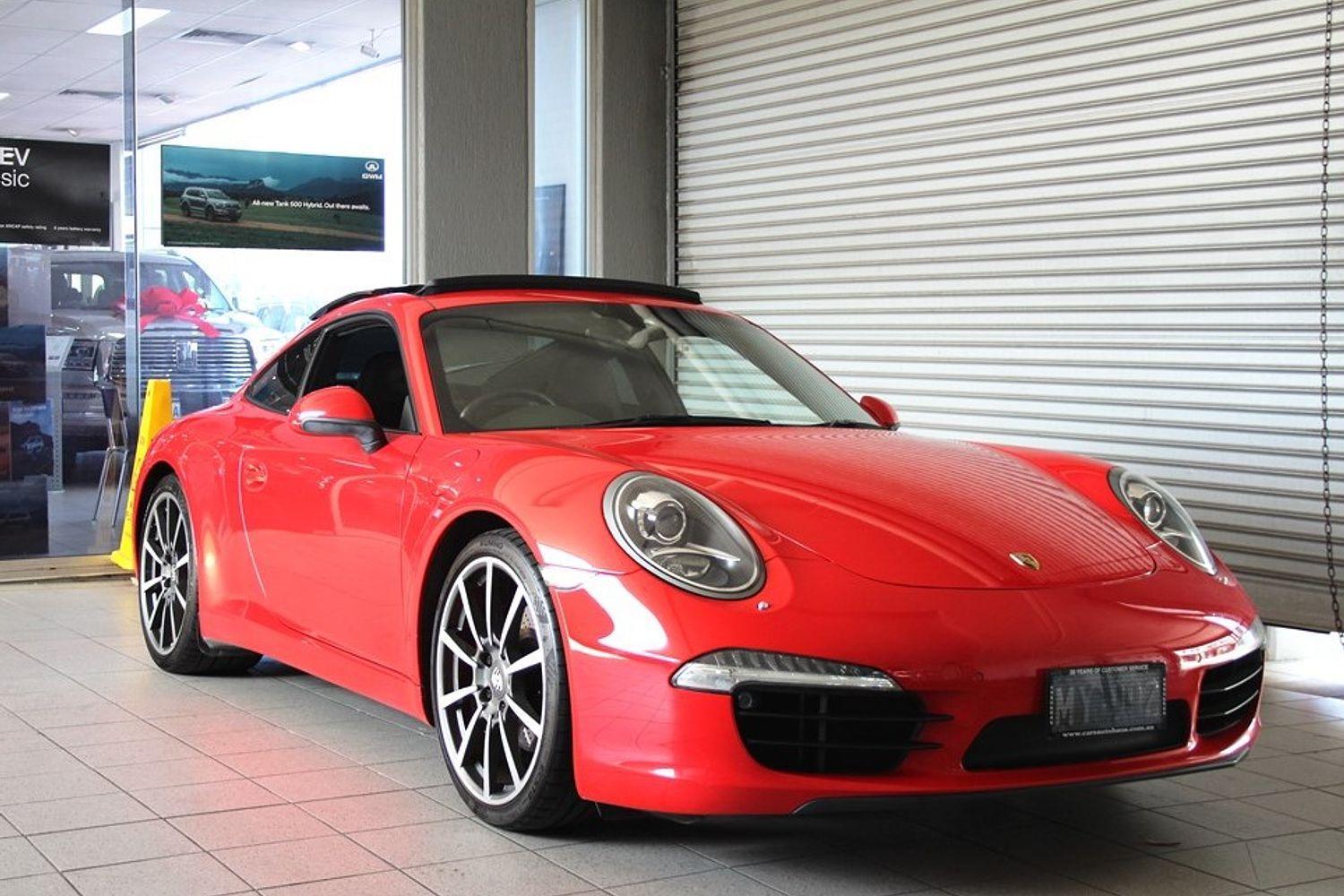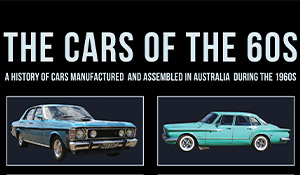1908 La Buire "Course" sports roadster. Jan 08
In layman's terms, synchronicity revolves around the concept of meaningful coincidences - occurrences that, on their own, hold no special significance, but when combined, achieve special significance. These are part of a synchronous 'wheel' - or an 'a causal connecting principle' to use Jung's own terminology - that cannot be attributed to random chance or conventional causality alone. Make sense??! Of course it does!
Depending on your point of view, these occurrences can also be attributed to destiny, chance, prayer, or just plain old luck.
In this instance, I'm sticking with Jung, for this synchronous wheel started at our home base in Geelong. Mercer Street, Geelong, to be precise. It's a street I'm intimately familiar with, and one that I thought would have no bearing on this issue's feature car - until I opened the passenger door.
To backtrack a little, I'd been eyeing off the 1908 La Buire in Classic Cars Sydney's (C.C.S.) recent advertising, as I thought it would be a neat change from the usual selection of later model automobiles seen in these features.
Circumstances saw me in Sydney at the start of November, so I organised a meeting with Charles at C.C.S. and duly started to take photos of this rare, fully restored car.
Now here's where the synchronicity kicks in. I open the passenger door - there's actually no door on the driver's side - and spy the coach builders name on the scuff plate. Not only was the original bodywork done in Geelong, but by Everett &Sons in Mercer St, Geelong. Meaningful coincidence? Part of a synchronous 'wheel'? I like to think so! To say I was impressed by the coincidence was an understatement!
I've since discovered that one of the few other examples of a La Buire still in existence here was also originally sold in Geelong, imported by the long-gone firm of Brown Brothers (any readers out there remember them?).
Anyway, philosophy aside, this car is definitely worthy of closer examination.
Rare enough in its own right, this particular La Buire is an even rarer "Voiture de Course" - essentially a production racing car that La Buire built for a short period of their equally short existence as an auto maker. The giveaway to its racing intentions is the position of the engine - significantly further back in the chassis, compared to its contemporaries - that was an aid to high-speed handling.
However, it's unlikely our feature car did any circuit work, due to the nature of the body that Everett's added to the chassis.
In fact, much of this car's history is a mystery. It first surfaced, to my knowledge, at Wemyss' Canberra auction in 1997. Partly restored, this 'sports roadster' went over the blocks and has remained in the ACT region - where the resto was completed - ever since.
Powered by a 12hp 4 cylinder monobloc engine, this car would present a challenge to the driver not familiar with Edwardian-era motoring. Note the four pedals, 'under-dash' instrumentation and unusual spark plug arrangement on the cylinder head. However, the rewards of mastering this century-old classic would more than outweigh the negatives, in my opinion.
Everything is there, with only a few minor fixes and tidy up required to make it club-run ready. One for the philosopher? Maybe. One for the serious collector? Absolutely.
Model: La Buire sports roadster
Year: 1908
Price: $120,000
0-100 kph: What's the rush?!
Best point:You're unlikely to seeanother one
Worst point: You're unlikely to find spare parts for it either.
Recommendation: Philosophically recommended!
Trivia:In addition to automobiles, La Buire also built locomotives and rolling stock for the French railways as well as a few electric trams for a short-lived service that operated at Cannes on the French Riviera.
















